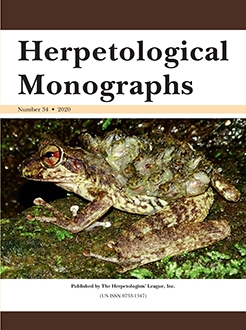Shed skins of snakes have practical applications and can provide information on biodiversity. We examined shed skins or scales stripped from 53 native species of snakes from Taiwan and adjacent islands and 13 foreign species, verified the intraspecific variation of microstructures on the scales, conducted phylogenetic comparative analyses of microdermatoglyphics, and developed a guide and key to identify shed skins by scanning electron microscopy. We examined several microstructural characteristics of scales including the form and dimensions of oberhautchen cells, denticulations, microridges, nanopits, and nanochannels. Furthermore, we noted scale shape and presence or absence of rounded tubercles on the scales. The microstructures of apical (and central) regions of scales were similar to each other, but different from those on basal and lateral margins, the keel, or apical pits. The microdermatoglyphics on cranial scales (cephalic shields) differed from those on scales from other regions of the body. Those from the dorsal and dorsolateral surfaces of the body, and the dorsal surface of the tail were similar, as were those on scales from the ventral surfaces of the body and tail. For adults or juveniles, there was no significant ontogenetic variation in many microdermatoglyphic characteristics. By conducting phylogenetic mapping, we found that symmetrical (dorsal) scales without apical pit organs or rounded tubercles, keelless and rounded scales, flat microdermatoglyphic patterns (without longitudinal microridges), (sub)lamellate oberhautchen cells, cell borders without denticulations or with tiny and keelless denticulations, and relatively small nanopits at denticulation joints or covering cells, are likely to be plesiomorphic character states. We also examined character evolution models based on the microdermatoglyphics and their phylogenetic signals, conducted phylogenetic generalized least-squares regressions to examine the correlations among snake habitat type and the morphological traits on scales, and confirmed a hypothesis that the evolution of scale microstructures is dominated by both phylogenetic and functional (ecological) constraints. This study also indicates that scale microstructure can be used to identify snakeskin products, roadkill specimens and fragmented samples, scale remnants in predator feces, and wild snake sloughs.
How to translate text using browser tools
11 December 2020
Species Identification of Shed Snake Skins by Scanning Electron Microscopy, with Verification of Intraspecific Variations and Phylogenetic Comparative Analyses of Microdermatoglyphics
Tein-Shun Tsai,
Shih-Hao Wang,
Jean-Jay Mao,
Yuen Ying Chan,
Yi-Jie Lee,
Zi-You Fan,
Kuo-Hsiang Hung,
Ying-Hao Wu,
Yuwei Tseng,
Te-En Lin
ACCESS THE FULL ARTICLE

Herpetological Monographs
Vol. 34 • No. 1
December 2020
Vol. 34 • No. 1
December 2020
biodiversity
Comparative methods
conservation
ecdysis
ecomorphology
model fitting
phylogenetics




